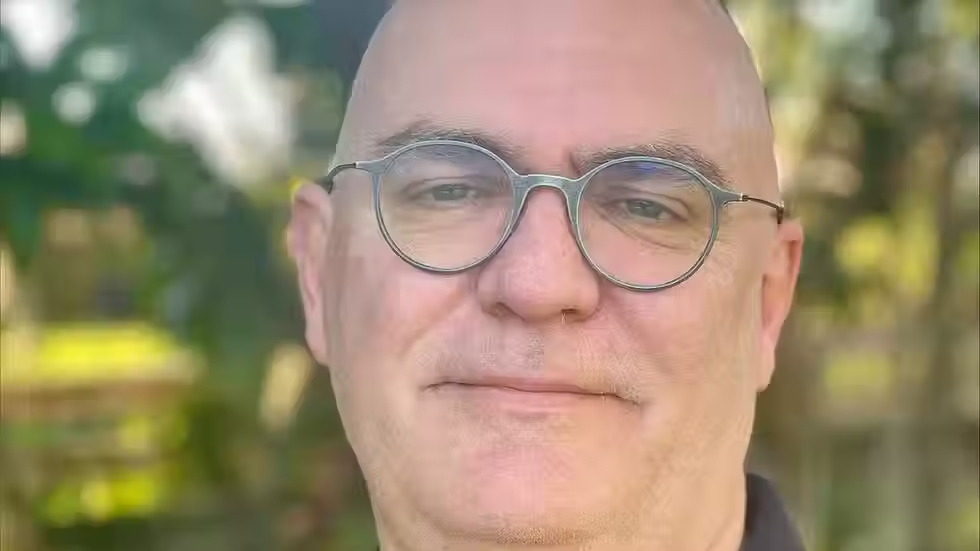The ugly facts behind the council’s rates rise
- Rodney Joyce
- Jul 15, 2022
- 3 min read
The Western Bay District Council is only increasing residential rates by a median 2.65% this year (2022-23), which is a remarkable turnaround from last year’s 11.5% increase – or is it? The situation is a lot more worrying once you look under the hood.
The first clue that all is not well is that the council has, since its draft annual plan issued three months ago, increased forecast spending by $6.6 million this year while trimming the rates increase back slightly. How can this be?
The council is still chronically overspending. It just plans to borrow more – leaving an even bigger interest bill for ratepayers and residents to pay for in coming years as both the debt and interest rates rise fast.
The council plans to increase net borrowing over the next year by $41.5 million – that is three times as much as in the just completed year and is sharp turnaround from its policy of paying off debt each year that it had previously. To put that in scale, the council’s annual borrowing will be almost half of the rates take in this financial year.
Note that the council’s debt is currently a bit lower than forecast but this is largely because it has struggled to shovel out the cash fast enough on its enormous pipeline of promised capital projects. It simply does not (yet) have the staff to manage the huge spending splurge mandated by the mayor and councillors.
It’s election year so the question should be, are these rates figures sustainable or has the council just deferred a bigger increase until after we vote? Here are some other key points from the 2022-23 plan that the councillors/mayoral candidates don’t seem to want to talk about:
1) The planned 3.92% overall increase is heavily weighted to benefit urban residential properties. Once again, the council has targeted rural properties with much higher increases. It seems to have a multi-year programme to increase rural rates without telling anyone. Lifestyle block rates are rising a median 5.72%, dairy farms 7.22% and orchards 6.69% - versus a median 2.65% for residential properties this year.
2) The planned increase in spending would be much bigger but the council has deferred projects worth around $21 million due to “timing issues” – so these will come back into play in future years. Despite these delays, spending on capital projects has still doubled in the past two years.
3) Three numbers strongly suggest this year’s modest rates increase is not sustainable. Firstly, the council’s budget is based on an inflation forecast of 2.9% a year. Inflation is currently running at 6.9% a year so it has not fully accounted for cost increases.
4) The second big hole in the budget is that council borrowing costs are rising fast. It is currently projecting a 12 percent jump in average borrowing costs (4.25% vs 3.80%) due to higher interest rates. This will cost the council an additional $1.8 million a year in interest within a few years and there are surely more increases to come as all the experts say interest rates will continue to rise fast. Remember, the council’s current 10-year strategic plan puts borrowing at $291 million by 2031 and there is NO plan yet in place to repay any of this.
5) The third concern is the rapid increase in construction costs (not yet captured in the council’s general inflation forecast). The council reports cost increases of 7-15% in its dealings with the construction sector. It has added this cost escalation to projects but has not cancelled any projects that I know of to keep its spending in line with previous rates and debt forecasts.
Whoever is elected mayor this year faces a big budget hangover – one that will mean much bigger rates increases unless the council gets serious about living within its means.


Comments